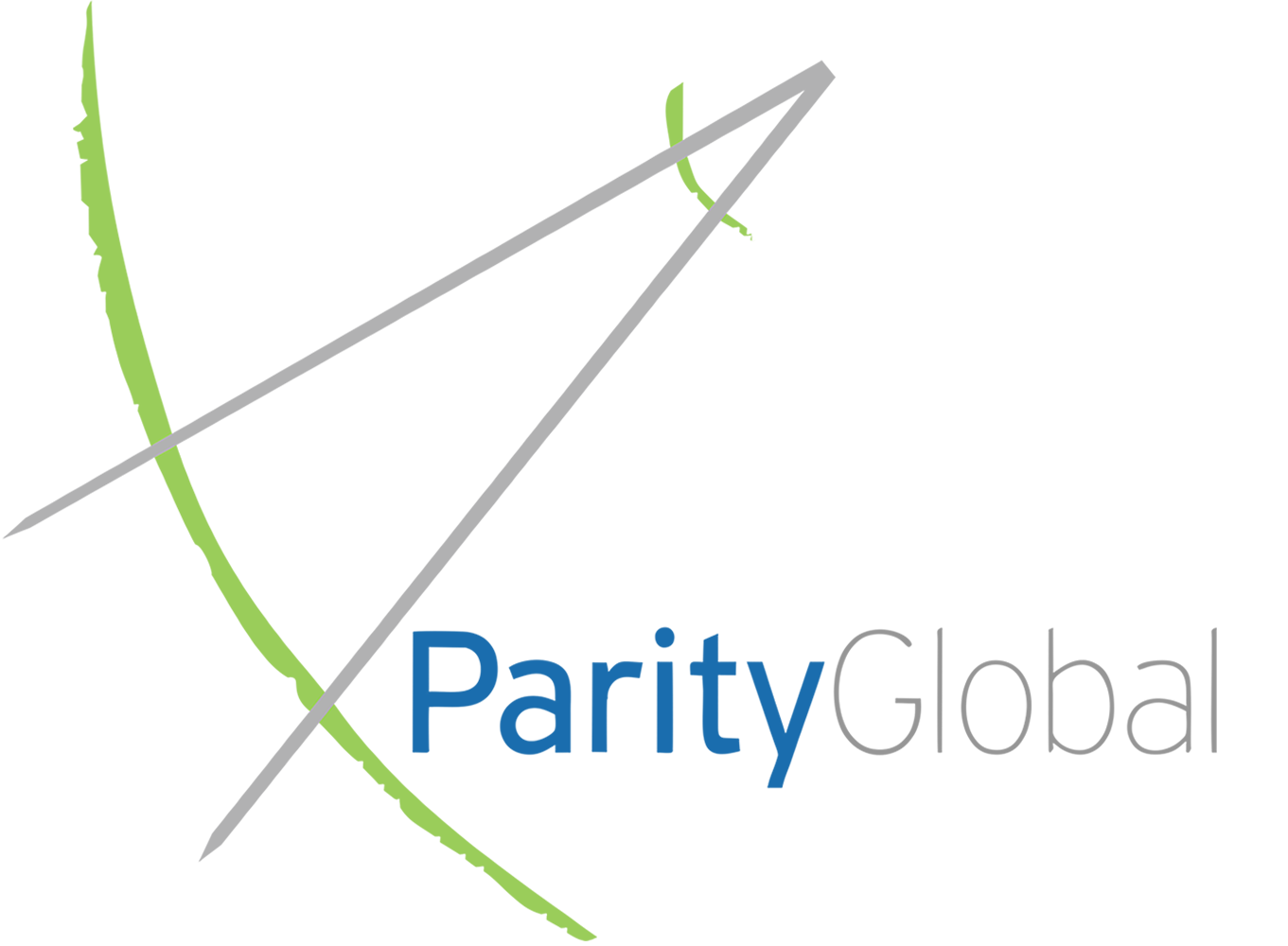In the world of satellite ground stations, precision tracking is the cornerstone of reliable communications. Two key tracking methods often referenced in operational environments are Intelsat’s IESS-412 11-parameter ephemeris tracking and NORAD’s two-line element set (TLE) tracking. While both provide orbital data, they differ significantly in how they’re used and the level of precision they provide.
What is IESS-412 11-Parameter Tracking?
IESS-412 refers to an Intelsat Earth Station Standard for antenna pointing and tracking. The 11-parameter model describes a satellite’s orbital path with a set of real-time or near-real-time dynamic parameters, including:
-
Inclination
-
Right ascension of ascending node
-
Eccentricity
-
Argument of perigee
-
Mean anomaly
-
Mean motion
-
Epoch time
-
Epoch position (XYZ)
-
Epoch velocity (XYZ)
Unlike NORAD TLEs, which are predictive and based on public orbital estimates, the IESS-412 model is sourced directly from the satellite operator and reflects actual stationkeeping. This makes it essential for high-precision Ka-band antenna tracking, especially for small beamwidths and tight link margins.
➡️ Learn more about how we support Ka-band system optimization at Parity Global.
🛰️ What is NORAD 7-Element (TLE) Tracking?
Two-Line Elements (TLEs) are public datasets originally maintained by NORAD and now overseen by U.S. Space Force. Each set includes 7 classical orbital parameters, used with propagation models like SGP4:
-
Inclination
-
RAAN
-
Eccentricity
-
Argument of perigee
-
Mean anomaly
-
Mean motion
-
Epoch time
They’re widely used in LEO/MEO tracking and for general situational awareness, but not ideal for precision geostationary tracking, especially when the satellite is undergoing frequent stationkeeping maneuvers.
Want to see how TLEs are applied in software? Try tools like Heavens-Above or SatNOGS.
Comparison: IESS-412 vs. TLE Tracking
|
Feature |
IESS-412 |
NORAD TLE |
|---|---|---|
|
Source |
Operator (e.g. Intelsat) |
Public catalog (e.g. Celestrak) |
|
Accuracy |
High (real-time vectors) |
Moderate (predictive) |
|
Propagation |
Dynamic/orbital vectors |
SGP4 model |
|
Use Case |
GEO, narrow-beam, Ka-band |
LEO/MEO tracking |
|
Update Frequency |
Daily or better |
Weekly or less |
When Accuracy Matters
Choosing the right tracking model impacts antenna control system (ACS) behavior, signal strength, and spectrum compliance. In Ka-band, a sub-degree pointing error can mean a complete loss of link.
At Parity Global, we specialize in:
-
Commissioning tracking systems for both IESS and TLE workflows
-
Verifying step-track or monopulse loop integrity
-
Testing isolation, alignment, and cross-pol performance
-
Supporting RF chain validation from LNA to beacon lock
Whether you’re fielding a transportable VSAT or managing a fixed 13 m gateway in Ka-, Ku-, or X-band, our job is to make sure your antenna knows exactly where to look — and stays locked.

